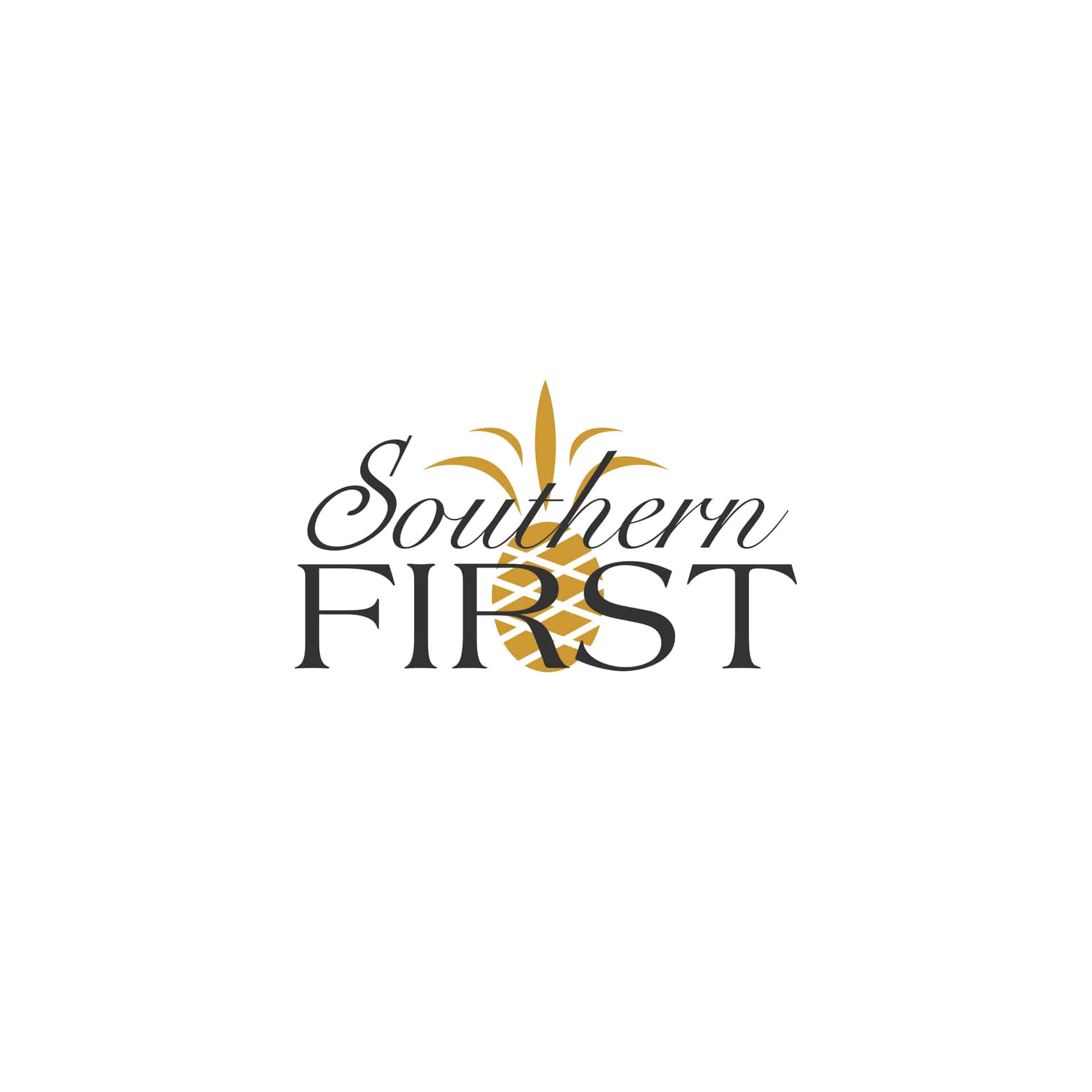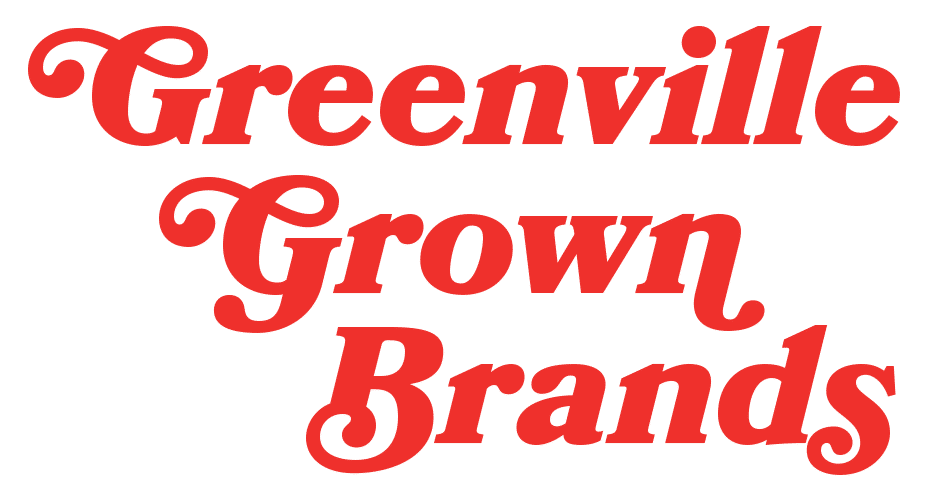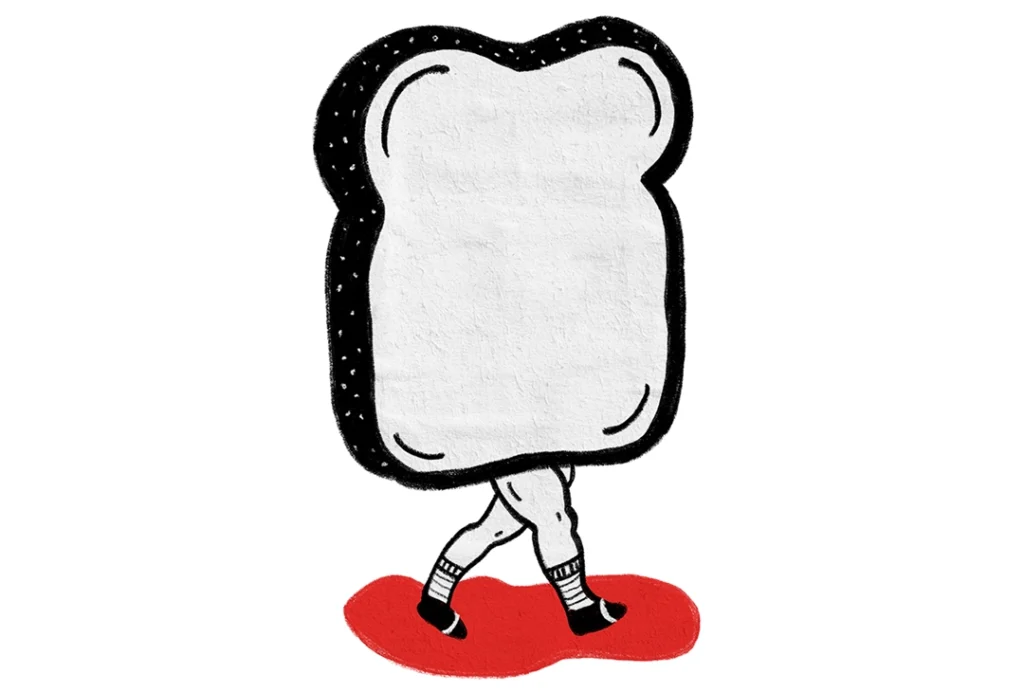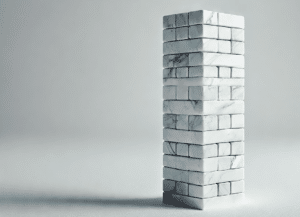7 Ways Branding Agencies Can Help Keep Your Brand Fresh Without a Major Investment
Brand identities have a shelf life. They need a zhuzh every twelve to thirty-six months to remain relevant. Frequent brand “touch-ups” will help avoid costly brand design overhauls and reinventions. Websites – one of the main platforms that communicate your brand’s value – are not a “one and done” investment and require maintenance that can save you time and money in the long run. The best branding agencies work with their clients on an ongoing basis to ensure their client’s brands and websites stay fresh.
If your brand design is dated and stale, it’s likely because it has been influenced by one of two things: fashion or innovation. “Timeless design” doesn’t exist. Like fashion, there are styles, fads, and trends. Graphic design is no different. Brand identities grounded in brand strategy tend to stand the test of time, but the strongest brands continually evolve to stay relevant. And if you don’t have a solid brand strategy, stop reading and immediately go to Beginning with the Brand Essence: Build a Brand with Value Creation at its Core.
7 Ways to Keep Your Brand Fresh
1. Logo Evolution
Logos may need to be redesigned for various reasons, depending on changes in a company’s goals, branding strategy, or external factors. When a company expands its product or service offerings, enters new markets, or acquires other businesses, a logo redesign may be necessary to reflect these changes and maintain consistency across the brand. Often, there is brand equity in a logo that needs to be considered when a redesign is needed. Coca-Cola and Pepsi understand this well and continue to evolve their logos to keep up with the times. Logo Evolutions, instead of Revolutions, are a way to refine your brand without reinventing the wheel.
Logo evolution involves incremental and gradual modifications to an existing logo over time. These changes are typically subtle and aim to keep the logo fresh while retaining its core elements and brand recognition. The primary goal of logo evolution is to maintain a sense of continuity with the previous logo design. It seeks to preserve the brand’s established identity and equity while addressing any design issues or modernization needs. Logo evolution is generally considered a lower-risk approach because it doesn’t involve radical changes that could potentially alienate existing customers or damage brand recognition.


2. Brand Photography
High-quality, original photography can help build trust with your audience. It allows you to showcase your products, services, and team genuinely and consistently, which can foster a sense of authenticity and credibility. Stock photography that isn’t properly curated may reflect a generic image your company didn’t intend. For example, you may have a unique perspective or differentiated offering, but if that perspective is paired with an image that is clearly stock, it will seem unoriginal. Branded photography is a vital component of your brand identity because it helps you communicate, differentiate, and connect with your audience on a visual and emotional level, which is crucial in shaping how your brand is perceived and remembered. It can even increase your odds of ranking on relevant searches, making it a valuable investment in your overall branding refresh efforts.
3. Headshot Photography
First impressions based on facial appearance can be formed very quickly, often within a fraction of a second. While the exact timing can vary among individuals and circumstances, research suggests that initial judgments about others can occur in as little as milliseconds. Team pages on websites are often the most visited, so headshot photography is more important than you may think. Photography style, expressions, poses, attire, and even grooming say something about your brand. For example, headshots with different backgrounds, lighting, and cropping may not reflect a unified leadership team and connote a disjointed organization. Different styles of dress communicate different levels of formality, too. Leadership headshot photography should be updated every two years to reflect the current team and ensure a cohesive and intentional brand image.

Case Study: Watauga Lake Winery
4. Content
One of the main reasons websites need a complete overhaul is that they don’t appropriately articulate the brand story or current offerings. Updating website content at a regular cadence will ensure you don’t reach the point of no return. When it IS time for a website refresh, the current content on your website will provide a solid base, so only small edits and adjustments are required, saving time and money. Fresh content is crucial for SEO and avoiding content decay. You don’t want Google to deem your pages irrelevant, so we recommend updating your main content every 12-18 months, while other content may need to be updated weekly. If ongoing content creation is part of your marketing strategy, ensure you publish content regularly and have a solid content strategy that reinforces your brand positioning.

5. SEO
If organic traffic to your website matters to you, and it should, then you can’t ignore SEO. The SEO rules of the game change constantly. Algorithm changes, market changes, trends, competitors, and other events can impact site rankings, so it’s essential to add new SEO-friendly content to your site regularly. SEO requires constant attention, and neglect can be devastating to your brand. Quarterly SEO audits, including technical, on-, and off-page SEO, are highly recommended.
6. Iconography
Iconography is a tiny brand element that is often overlooked. How can something so small even matter, right? The devil is in the details. A consistent and cohesive icon style can reinforce confidence and trust in a process, a set of services, or anywhere a collection of icons is required to distill information into bite-sized chunks. Internal presentations are often where erosions start to surface. Adhering to a consistent set of styles, such as stroke, weight, color, and size, will ensure your brand always puts its best foot forward internally and externally. If you’re missing this from your style guide, ask your branding agency to add this important section.
7. Information Graphics
No offense to your CFO, but they aren’t always the best designers. Sloppy and inconsistent information graphics, such as charts, graphs, and data visualizations, can erode your brand. Well-designed information graphics that reflect the styles in your brand’s visual language can make your data appear more trustworthy, authoritative, accessible, and engaging. They demonstrate that your company takes the time to present information in a polished and organized manner, which can enhance your brand’s reputation. Documenting these styles in your style guide can set your team up for success.
If you wait longer than three years to enhance your brand or refresh your website, you could be embarking on an arduous journey. Customers often make decisions based on brand identity and brand recognition, so ensure your annual marketing budget includes quarterly brand design enhancements to keep your brand fresh. Look for opportunities across all customer touchpoints to enhance your brand experience or partner with an experienced branding agency in Greenville, SC that will do this for you. Continuous improvements to your brand will have a cumulative effect.
At FUEL, we recommend digital brand style guides because they allow brands to evolve over time in a living document. The simple ability to bookmark your brand guidelines helps prevent PDF version control issues and allows easy access to fonts, colors, templates, important specs, usage rules, and other guidelines to ensure brand integrity. You can feel confident that brand stewards, such as your internal team, external partners, and vendors, are working with the latest and greatest version of your brand.
Branding is not a one-time event. To ensure your brand design stands out – and succeeds – in loud and crowded markets, keep it fresh!
Concerned your brand is growing stale? Reach out to FUEL to discuss a brand refresh.








